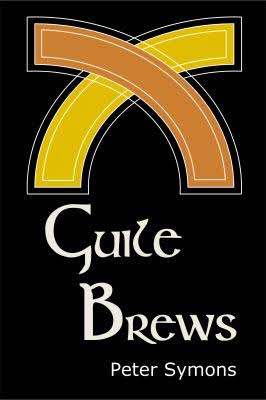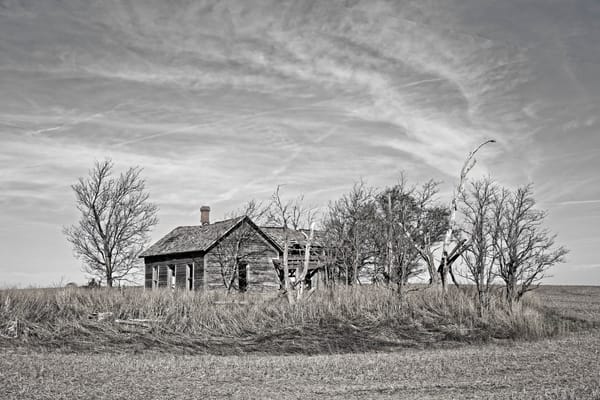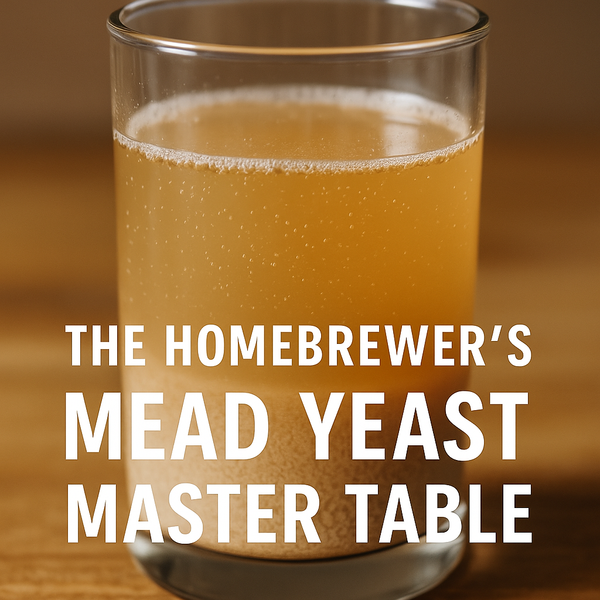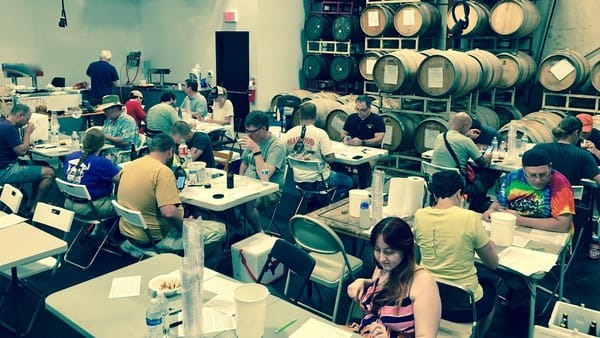"Guile Brews" by Peter Symons - a review
"Guile Brews" is a historical treatise on the brewing traditions of Cornwall, Ireland, and England. This reasonably narrow region of focus allows a deep dive into brewers logs, local news reporting, and even into legal records (which are plentiful) of specific breweries in specific locations. This i

I always feel it is essential to start a book review with a disclaimer.
Peter Symons did not give me this book in exchange for a review. I bought this, like many of my brewing books, to support a friend. I consider Peter Symons a friend, although our interactions have been limited to share pints at HomeBrewCon, attending his seminars, and the occasional social media exchange. In my opinion, he's a pretty good bloke.

"Guile Brews" is a historical treatise on the brewing traditions of Cornwall, Ireland, and England. This reasonably narrow region of focus allows a deep dive into brewers logs, local news reporting, and even into legal records (which are plentiful) of specific breweries in specific locations. This is an important book if just for the history.
Peter's sense of holiday is much different than mine. I prefer to drive in the countryside and search out beautiful landmarks and explore village pubs rather than spend a lot of time in university and library archives decoding arcane brewer’s scratchings. Fortunately for us, Peter's family allow (encourage?) such pursuits and we are rewarded with rich narratives, concise techniques, and replica recipes. These are clear windows into the past and Peter's passionate pursuit to reproduce the beers from his youth in Cornwall.
Some of you may ask why historic brewing from the British Isles is so important? Colonial Britain spread brewing traditions across the world through colonization and commerce. We also have an incredible historical view of how the British markets evolved with changing tariffs, rise and fall of tied houses, two World Wars' impositions on trade, access to markets, and agriculture. The British are serial documenters and we have a very rich resource of records of various importance.
The Social Club and Pub drinking cultures have been highly influential throughout political, religious, and scientific development in the United Kingdom. There are eye-witness accounts of Sir Isaac Newton holding court with members of the Royal Society at pubs. The social aspect of the pub drew together Tolkien, Lewis, and other members of “The Inklings” whose works continue to live in today’s popular culture. Don't overlook that in the Americas, pubs were places that fomented the American Revolution! To lose that perspective would be tragic.
As this culminates into today's current market, we see the decline of traditional British Ales particularly through CAMRA’s Real Ale, as well as the loss of historic Pubs and tied houses. European lagers are consumed in the UK at a much higher rate than local beers, with IPA coming in second. According to statistica.com, the total number of breweries has shrunk over the last 3 years to 2,274, with 1,978 considered microbreweries. British drinking behavior has shifted to so-called off-trade, choosing to drink ales at home and purchasing bottled or canned beer, rather than going to the local pub. This is a substantial shift that is further complicated the reality of Covid 19 and the lockdowns of 2020-2021.
British Beer is important for lessons learned in economic impacts of Government regulation, long historic changes in consumer behavior and preferences, impacts of marketing and trademarks or patents. And, I might add, properly brewed bitters and milds are just delicious.
The title (guile = gyle) hints at a major theme of party-gyle brewing techniques that were common in England, Ireland, and parts of Scotland. For most of the modern brewing movement, this is a lost technique of blending first, second, and sometimes third runnings of a mash (or reiterated or capped mashes) to produce a variety of finished products. Peter goes into much detail, and provides flow charts and swim lane illustrations to help us navigate what feels a bit complicated and convoluted.
Peter also digs into brewer’s caramel and provides instructions and recipes to emulate this key and often overlooked ingredient. Brewer’s caramel was a coloring agent to ensure a consistent appearance. In the context of blending worts, you can begin to see the innovation here; fewer malts were required creating simplicity and consistency. Of course, Peter also explores the variety of caramels that were used and provides historically accurate recipes that might require some interpretation.
Brewer’s caramel should not be confused with white sugar, invert sugars 1, 2, or 3, which were used quite a bit traditionally, but fell out of favor when rationed because of wars. Darker inverts carry a good deal of caramel (and other) flavors (which may cause confusion) but were largely intended to dry out a beer (found to be useful with yeasts that cannot consume maltotriose, and thus low attenuation without simpler sugars - my assumption here). You may recognize similarities with Belgian Candi sugars.
Peter provides snapshots into innovations and uses of new technologies, techniques or re-invention of known techniques (Burton Unions, Squares, party-gyle, etc.) in the context of each brewery mentioned. He also illustrates that fires (lots of fires, some probably not accidental) allowed for these breweries to move rapidly into growth and adoption of new technologies.
Finally, the meat of the sandwich for many home brewers, Peter has worked out recipes with modern ingredients in a clear and plain manner to emulate many of the very historic beers made by these iconic breweries.
I recently brewed the “Bank’s Pale Ale 9d” recipe listed on page 104. It turned out fantastic, and I made every attempt to use the same mash and boil schedules. Using chevalier malt gives this some distance from the toasty Maris Otter flavors, but there was a clear line toward the ales I enjoy from Fullers. I would use the freshest hops you can find, which can be a challenge. Pay attention to the first 3 chapters for clues on ingredients, yeast choices, and processes key to success.
I rarely read books like this cover to cover, but I couldn’t put this down. If you know Peter, it’s a bit like sitting with him talking about his findings. Fascinating. Even better with a pint at hand.
You can purchase “Guile Brews” and Peter’s other books here: https://bit.ly/3u0qtAO
Reference:




